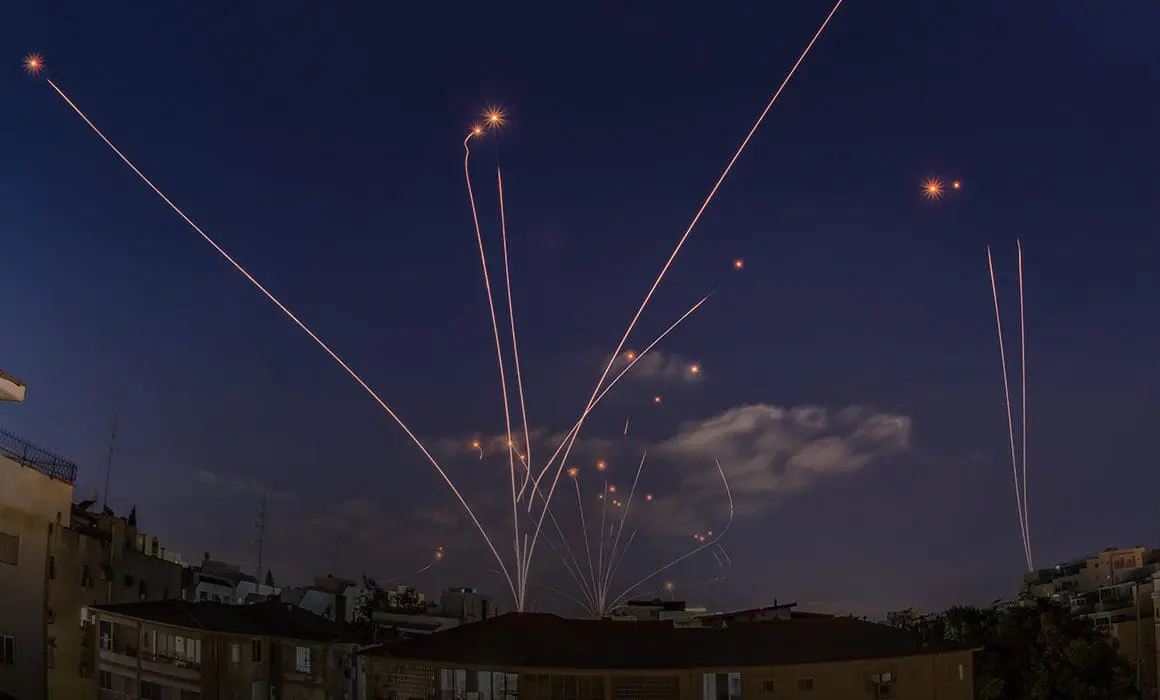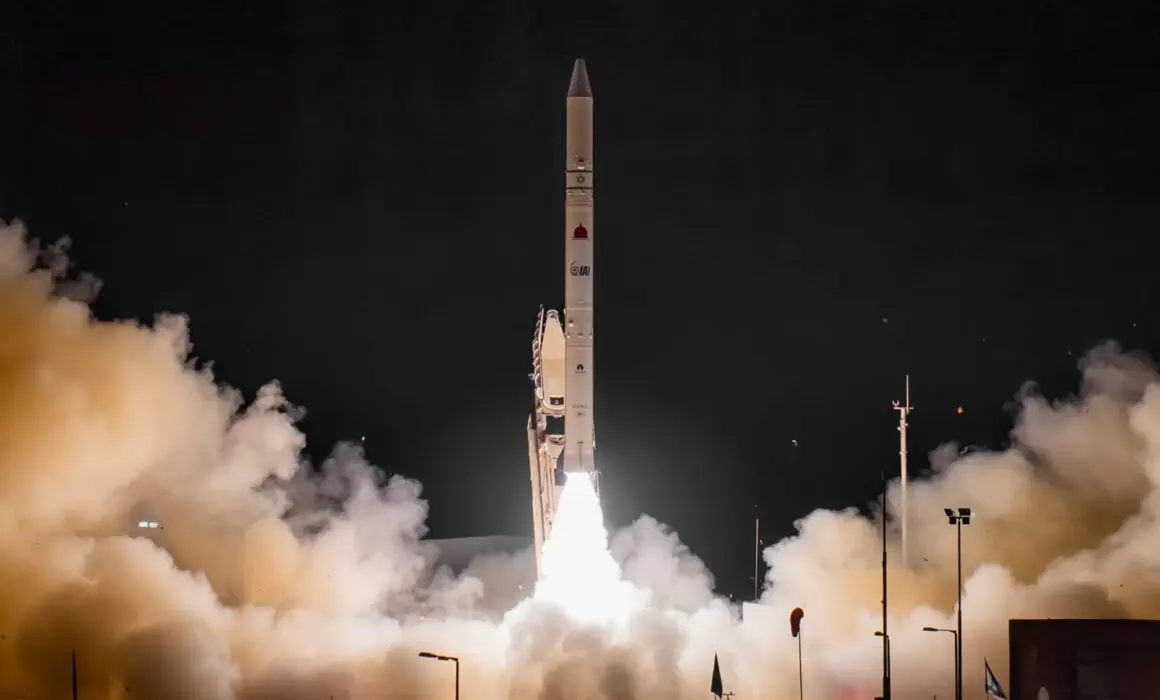Where Israel’s Security Innovation Begins

The Technion – Israel Institute of Technology — established a quarter of a century before Israel became an independent nation — has been inexorably linked to the State’s security since its inception.
For 100 years, the Technion has been the technological backbone of Israel. Nearly all aspects of the nation’s industrial, agricultural, scientific, and defense capabilities have been driven by Technion students, graduates, or faculty members.
Technion aerospace engineering, electrical engineering, mechanical engineering, and computer science graduates are sought out by Israel’s leading defense companies to solve challenges unique to Israel’s defense needs. Alumni are leading teams that develop missile defense systems, underground tunnel detection devices, and drone technology that allows ground troops to survey potentially dangerous urban areas from a safe distance. They are deterring cyberattacks, aiding Homefront Command in planning civilian shelters, and safeguarding strategic facilities.
The Technion imbues its students with an existential obligation to break barriers and make the impossible possible.
Iron Dome
Iron Dome, one of Israel’s most remarkable defense systems, has saved thousands upon thousands of lives. During the current war with Hamas, its protection allows Israelis to live life with some degree of normalcy. But if not for Technion-instilled drive, it may never have come to fruition.
When the nation experienced a massive rocket bombardment by Hezbollah in 2006, the need for a short-range anti-missile defense system was identified. The idea for Iron Dome was developed by Technion alumnus Chanoch Levin who led a team at Rafael Advanced Defense Systems made up of 350 of Israel’s best engineers. His core team members were all Technion alumni.
Originally no one believed it could be done. “This is like hitting a butterfly with a stone,” said one critic.
“Imagine a Coke bottle flying several times faster than the speed of sound on an irregular course. Intercepting it seems far-fetched,” said Levin.
The Israeli air force, missile experts from the U.S., and the media all initially panned the idea, saying it could never be done. Rather than crushing their spirits, the criticism and doubt only spurred them to succeed.
“Maybe we should thank the media. Because when you read a cynical article, you say to yourself, ‘Let’s show them’ and you tackle the project, invigorated,” said a systems engineer (and Technion alumnus) for the interceptor and launcher.
Failure was also seen as a necessary ingredient to success. “We developed a work culture of risk-taking based on the understanding that failures teach you a lot, too,” he said.
Iron Dome assesses and identifies rocket and artillery shell threats between 2.5 miles to 45 miles away, destroying them in 15 seconds. With a success rate of more than 90%, it was developed in only three years on a shoestring budget, winning full support and funding from the Israeli air force and the United States government.
Arrow Antimissile
Technion alumnus Dov Raviv envisioned and led the development of the first long-range antimissile system at Israel Airspace Industries (IAI). The Arrow 1 technology demonstrator was successfully tested in 1990. The Gulf War in 1991 was the impetus for further development. Arrow 2 became the world’s first operational defense system against missiles in 2000.
In 2008, another team of Technion graduates at IAI led by alumna Inbal Kreiss began working on Arrow 3. It became operational in 2017 and is capable of intercepting intercontinental ballistic missiles carrying nuclear, chemical, or biological warheads as far as 1,500 miles away during the space-flight portion of their trajectory.
“We must be ready on time, and we must be ready before our enemies,” said Kreiss. She said her guiding principle to “Be first; be excellent” was learned at the Technion and that her staff was comprised of so many Technion alumni they would joke that they haven’t left the University.
She credits the Technion for creating an atmosphere of perseverance, refusing to settle for less than excellence and instilling the determination to overcome challenges.
As Prime Minister David Ben-Gurion once said of this spirit: “The difficult we do immediately. The impossible takes a little longer.”
Arrow 3 was used for the first time in November 2023 when Iran-backed Houthi terrorists fired a barrage of ballistic missiles at Israel. Both Arrow 2 and Arrow 3 were used to intercept the long-range ballistic missile barrage from Iran in April 2024.
David’s Sling and Iron Beam
Israel’s newest defense systems, David’s Sling and Iron Beam – both developed at Rafael – also involved teams of Technion graduates. With coverage three times greater than Iron Dome, David’s Sling identifies and destroys airborne threats from 25 miles to 190 miles away. It became operational in 2017 and has been used in the Hamas-Israel war, intercepting rockets launched at Tel Aviv and Jerusalem. Iron Beam, still under development, uses a high-energy laser interceptor, and not a missile, to destroy targets.




